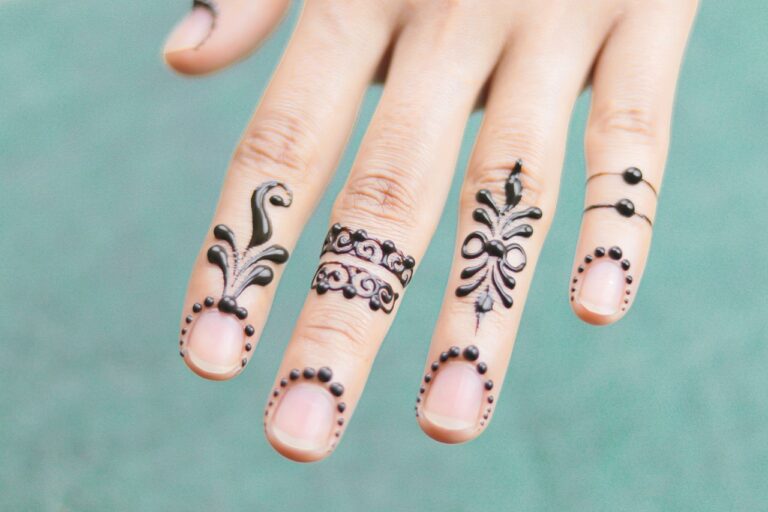Fashion and Cultural Appropriation: Navigating Sensitivity in Design Inspiration
Cultural appropriation in fashion design can have deep-rooted impacts on communities and individuals whose cultural heritage is being exploited. When designers draw inspiration from specific cultures without giving credit or understanding the context behind the elements they are using, it can perpetuate harmful stereotypes and diminish the significance of those cultural practices.
Furthermore, cultural appropriation in fashion design often results in economic inequalities, as dominant fashion houses profit from the labor and creativity of marginalized communities without proper acknowledgment or compensation. This not only reinforces power dynamics but also reinforces the narrative that certain cultures are only valuable when commodified for mass consumption.
The Fine Line Between Cultural Appreciation and Appropriation
Cultural appropriation in fashion design has been a contentious issue in recent years, sparking debates about the ethics and implications of borrowing elements from different cultures. While cultural exchange can be a source of inspiration and creativity, it is crucial to consider the historical context and significance of the symbols or practices being used.
Designers must be mindful of the power dynamics at play when drawing inspiration from marginalized communities. Appropriation occurs when elements of a culture are taken without permission or understanding, often reducing them to superficial trends while ignoring the cultural significance behind them. It is essential for fashion industry professionals to engage with communities respectfully and honor the origins of the elements they incorporate into their designs.
Examining the History of Cultural Appropriation in the Fashion Industry
Cultural appropriation in the fashion industry has a long and complex history. Designers and brands have frequently drawn inspiration from different cultures, blending elements in their collections without properly crediting or respecting the origins. This has led to instances where certain cultural symbols or traditions are taken out of context and commercialized for profit without consideration for their significance to the communities they belong to.
Unfortunately, cultural appropriation in fashion has often perpetuated harmful stereotypes and marginalized communities whose cultures have been appropriated. This practice has sparked outrage and criticism from those who recognize the importance of preserving and respecting diverse cultural heritages. As a result, there have been calls for greater accountability and ethical considerations within the fashion industry to ensure that cultural elements are used respectfully and authentically.
• Cultural appropriation in the fashion industry has a long and complex history.
• Designers and brands have frequently drawn inspiration from different cultures without proper credit.
• Certain cultural symbols or traditions are taken out of context and commercialized for profit.
• This practice has perpetuated harmful stereotypes and marginalized communities.
• Calls for greater accountability and ethical considerations within the fashion industry have been made.
What is cultural appropriation in the fashion industry?
Cultural appropriation in the fashion industry refers to the act of taking elements from a culture that is not your own and using them in a way that is often disrespectful or insensitive.
How does cultural appropriation impact marginalized communities?
Cultural appropriation can have negative impacts on marginalized communities by perpetuating harmful stereotypes, reducing the significance of cultural practices, and causing harm to the cultural heritage of those communities.
What is the difference between cultural appreciation and cultural appropriation in fashion design?
Cultural appreciation involves respectfully incorporating elements of a culture into fashion design, while cultural appropriation involves using those elements in a way that disrespects or exploits the culture.
Can cultural appropriation be avoided in the fashion industry?
Yes, cultural appropriation can be avoided by educating oneself on the cultural significance of the elements being used, collaborating with members of the culture being represented, and ensuring that proper credit is given to the source of inspiration.
How can consumers support cultural diversity in the fashion industry?
Consumers can support cultural diversity in the fashion industry by choosing to purchase items from brands that engage in ethical and culturally sensitive practices, and by calling out instances of cultural appropriation when they see them.







